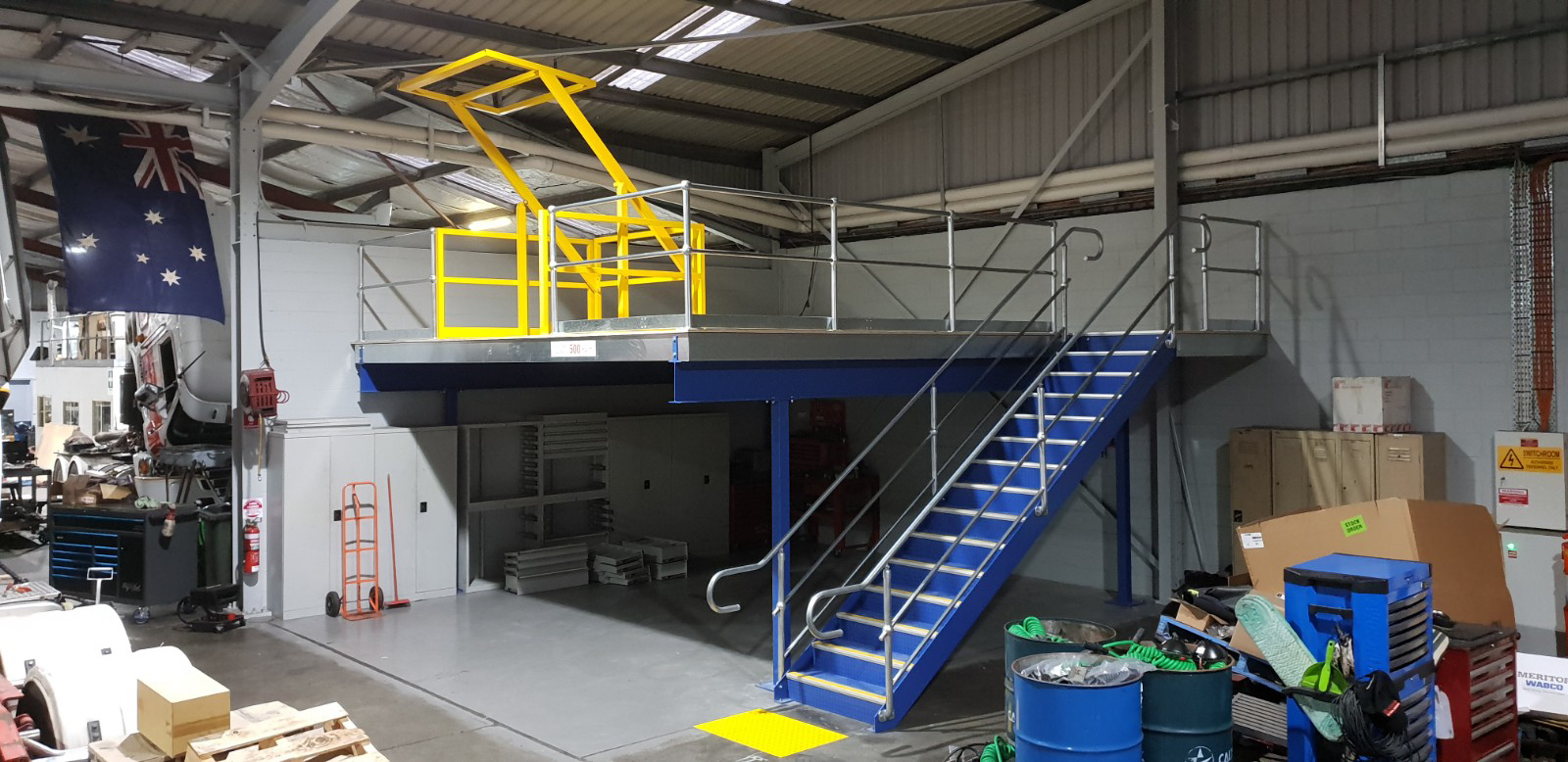Bushfires, cyclones and dramatic weather events have consistently battered New South Wales and wider Australia over the past few years, and they’re showing no signs of stopping. While bushfires have always been an issue, climate experts predict they will become more frequent and intense alongside widespread flooding and cyclones. And, if dramatic weather events are to become the new “norm”, businesses, particularly in the warehousing sector, need to start thinking proactively.
Warehouses play a pivotal role in Australia’s supply chain, and pausing operations can have implications not just for the business owner but for the economy, too. In this article, we’ll share practical strategies and key considerations for warehouse managers to protect their buildings against the anticipated rise in natural disasters.
With a proactive approach, we can safeguard assets and maintain operations in the face of nature’s toughest conditions.
How Severe Weather Impacts Australian Businesses
Australian businesses, particularly in regions like New South Wales, face significant weather challenges. Tropical cyclones and bushfires, in particular, have become regular occurrences, causing widespread disruption and damage. For example, the fallout from recent Cyclone Jasper in Queensland exceeded $743 million in insured losses.
Bushfires also pose a direct threat to business infrastructure and safety. The 2019-2020 bushfire season, one of the most devastating in recent history, resulted in an estimated $4.4 billion in economic losses. Beyond the immediate risk to life and property, bushfires also cause massive disruption and loss in revenue.
With no signs that these extreme events are on the decline, preparedness isn’t just a “should” – it’s a must.
How To Protect Your Warehouse From Tropical Cyclones
When a tropical cyclone is on its way, the window to get prepared is often narrow. By the time you’re aware of what’s about to happen, it may be too late to take steps to prevent damage. With that in mind, thinking ahead and being prepared are the best ways to safeguard your warehouse and its contents. Here are a few tips to think about ahead of time:
Identify Ingress Points for Leaks
The first thing to be aware of is potential ingress points where water can enter your warehouse. Regularly inspect for vulnerabilities such as cracks in the walls, gaps in the roofing, and unsealed doors or windows. These areas are where leaks are most likely to occur during a cyclone due to heavy rains and strong winds. Addressing these weak points before the cyclone season can significantly reduce the risk of damage.
Assess Warehouse Layout
Consider the current layout of your warehouse, especially in relation to those weak points you identified in the last step. What items are in the path of potential leaks? Are your storage methods adequate for reducing water damage? Understanding the predicted water flow within your warehouse allows you to rearrange your layout to divert water away from valuable items or sensitive areas and minimise potential damage.
Protect High-Value Items
High-value items need special consideration, whether stock or equipment. Think about whether the location and storage of these items could be impacted by flooding or leaks. This involves considering their current location but also their susceptibility to water damage.
Electronics, paperwork, and certain types of merchandise can be destroyed irreparably if exposed to water. Use pallets, shelves, and platforms to keep valuable items off the ground. Elevating sensitive equipment and stock is a small task that might ultimately mitigate the risk of flood damage.
Use Your Mezzanine Floor
If you’re fortunate enough to have a mezzanine within your warehouse, it can offer an excellent solution for safeguarding against the impacts of a cyclone. A mezzanine floor creates an elevated office space to keep electronics and essential personnel above floodwaters and provide additional storage space for high-value items.
With a little forethought, warehouse managers can significantly reduce the vulnerability of their facilities to the destructive power of tropical cyclones. The key is to think ahead and recognise potential threats before it’s too late.
How To Protect Your Warehouse From Bushfire

While you can’t predict a bushfire’s exact location or intensity, the steps below can help reduce the risk that your warehouse will become collateral damage.
Install Sprinkler Systems
One of the most effective defences against fires is installing sprinkler systems in key areas of your warehouse. These systems can be activated automatically at the first sign of fire, helping to dampen flames before they spread. Strategic positioning can protect high-risk areas and provide a first line of defence.
Create a Fire Boundary
Establishing a fire boundary around the perimeter of your warehouse is another easy step in bushfire planning. Maintaining a clear area around your facility can significantly reduce the risk of a bushfire reaching your warehouse and causing damage.
Create a buffer zone free from vegetation and regularly remove rubbish, fallen leaves, and other debris that can fuel a fire. Keeping the area around your warehouse clean and tidy improves your building’s fire safety.
Keep High-Value Items Out Of Reach
In addition to these preventive measures, utilising mezzanine flooring within your warehouse can offer extra protection for high-value items and office equipment. Raising your assets above ground level can make them less likely to be affected by fire lapping at the perimeter of your building.
With these strategies, you can create a safer environment that is better able to withstand the challenges posed by bushfires.
